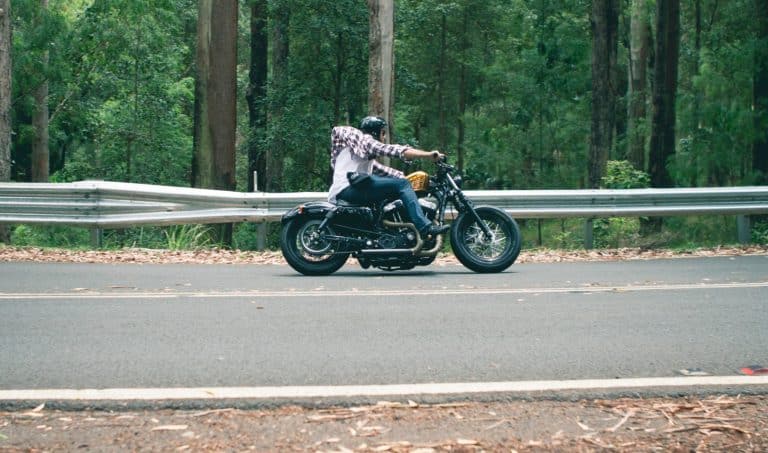
Embarking on a motorcycle ride around Australia on a Harley Davidson is the ultimate adventure for any motorcycle enthusiast. The vast landscapes, diverse terrains, and breathtaking views make this journey an unforgettable experience. However, crossing Australia, a country as vast as England 31 times, on a motorbike takes adventure to another level. Riding across deserted expanses, following straight lines that stretch as far as the eye can see, and cruising along golden sand beaches make the journey an adventure in its own right. Quentin embarked on his first Working Holiday Visa in New Zealand before deciding to tour Australia on a motorbike. In this article, we share his experiences and offer practical advice to help you prepare for your motorcycle road trip.
Table of Contents
Preparation and planning
Choose the Right Harley Davidson
Ensure your Harley is suited for long-distance travel. Models like the Road King, Electra Glide, or Street Glide are excellent choices due to their comfort, durability, and ample storage space.
Essential Gear
Invest in quality riding gear, including a helmet, gloves, riding jacket, and boots. Consider weather-appropriate clothing and rain gear. Pack essentials like a first aid kit, tire repair kit, and tools.
Also invest in quality camping gear, such as a mattress, tent, and sleeping bag. After riding 800 km on a motorcycle, a good night’s sleep can be very useful. Additionally, this equipment can be resold or brought back with you to Europe.
Route Planning
To embark on a motorcycle tour of Australia, it takes more than just a love for motorcycles and riding for 10 hours a day. You must also be willing to live without too much comfort and have experience riding a motorcycle. Australia is a wild country, with unsealed tracks, animals jumping on the roads, road trains, and other challenges. Any biker will quickly realize that they’ve left their comfort zone. In some isolated areas, help can take 4-5 hours to arrive, so you must be aware of the risks.
To fully appreciate the experience, you must also enjoy traveling solo, although you’ll still meet plenty of people who will be interested in your trip, especially in the Outback if you’re friendly and approachable.
Australia’s size and diverse geography require careful route planning. Popular routes include:
- The Great Ocean Road: Stretching along the south-eastern coast, it offers stunning coastal views and winding roads.
- The Nullarbor Plain: This vast, treeless plain offers a unique riding experience, but ensure you’re well-prepared for its remote stretches.
- The East Coast: Riding from Sydney to Cairns provides a mix of coastal beauty and vibrant cities.
- The Outback: Exploring the Red Centre, including Uluru and Alice Springs, gives a taste of Australia’s rugged interior.
Check the Weather
Planning your trip according to the seasons is also crucial, as you can’t be in the mountains of Victoria in winter, the Outback in South Australia, or Southern Western Australia and New South Wales in the summer. Additionally, the wet season and cyclones make northern Australia difficult to navigate from October.
You must love riding and exploring, as Australia is a huge country. And you have to be ready to ride in all kinds of weather conditions, such as rain, wind, cold, or heat. However, you should plan your route wisely according to the seasons. If you don’t enjoy riding, it may take you two years to complete the tour of the country!
On the Road
Safety first
Always wear protective gear and ensure your motorcycle is well-maintained. Regularly check tire pressure, oil levels, and brakes. Carry spare parts and tools for minor repairs.
Avoid driving at night, especially in rural areas, as wildlife tends to be more active and can pose a hazard to motorists. It’s also important to be aware of the road conditions and hazards, including unpaved roads, flooding and weather conditions.
Be aware of road trains, which are long transport trucks that can be several kilometers long. These vehicles can create significant wind gusts and take longer to stop than regular vehicles.
Navigation
Use a reliable GPS or map. Mobile phone coverage can be spotty in remote areas, so have physical maps as a backup. Inform someone about your route and expected arrival times.
Fuel and Supplies
Fuel stations can be far apart, especially in remote areas. Fill up whenever possible and carry extra fuel. Stock up on water and snacks to stay hydrated and energized.
Respect wildlife and environment
Australia’s roads are home to diverse wildlife. Be cautious, especially at dawn and dusk when animals are most active. Adhere to speed limits and road signs to ensure safety.
Enjoy the journey
Take time to appreciate the stunning landscapes, local culture, and hidden gems along the way. Stop at scenic lookouts, local cafes, and roadside attractions to make the most of your adventure.
A few tips while riding around Australia
In Australia, the roads are generally well-maintained. But it’s important to be prepared for various road conditions, especially if you venture off the main roads. Here are some tips to keep in mind while on the road:
- Drive on the left-hand side of the road in Australia.
- Observe the speed limits. The maximum speed limit on highways is typically 110km/h, although it can vary in certain areas. In built-up areas, the speed limit is usually 50 km/h.
Highways in Australia are typically toll-free. Except around major cities like Sydney, Brisbane and Melbourne where electronic tolling is in place. It’s important to pay the toll online, as there are no payment counters on the road sections.
Quentin’s experience on a Harley Davidson
“During my time in Australia, I worked in NSW and VIC during the spring and summer months, which allowed me to explore the Great Alpine Road, the Great Ocean Road and other scenic routes in the area on my days off. After that, I headed towards WA along the coast and then went up to Darwin in the winter before finally reaching Alice Springs. In the end, I returned to Cairns and then to Sydney to sell my bike in the early spring, which is the ideal time to sell as it is easier to find buyers.
Being on a Working Holiday Visa was a great compromise as it allowed me to travel for 2 or 3 weeks at a time and then work for a month before continuing my travels. Working in various areas of Australia allowed me to discover the different cultures and lifestyles. Locals were always eager to share advice on less touristy places to visit, which was a great way to explore the hidden gems of Australia.
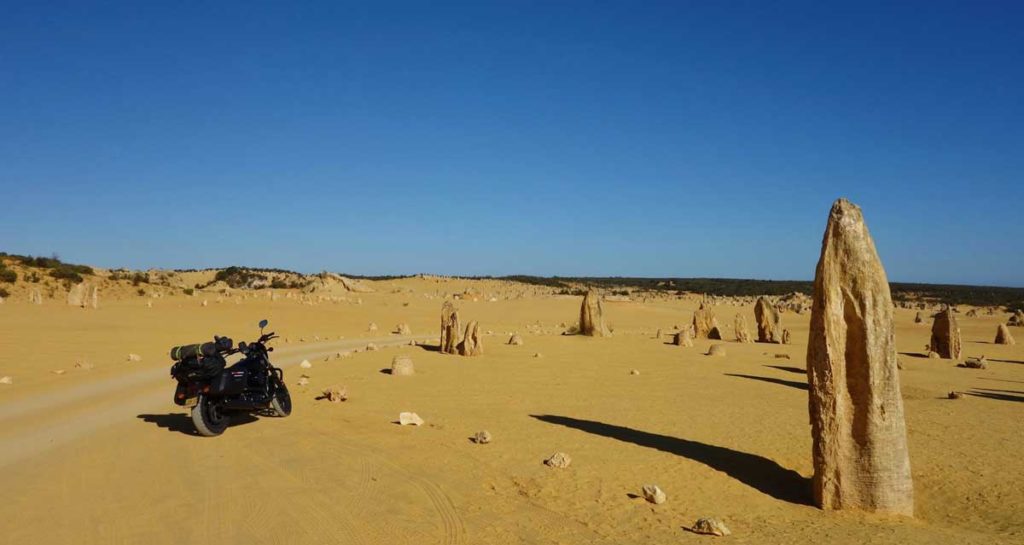
Touring Australia on a motorcycle: A project that had been in my head for a long time
Since I started traveling, I became immediately hooked on the idea of traveling by motorcycle. The feeling of freedom that comes with it is incomparable. Going around Australia had always been a tempting idea, but I was hesitant at first because it is such a big project. However, I eventually realized that it was now or never and decided to go for it. After all, we often regret the things we never try!
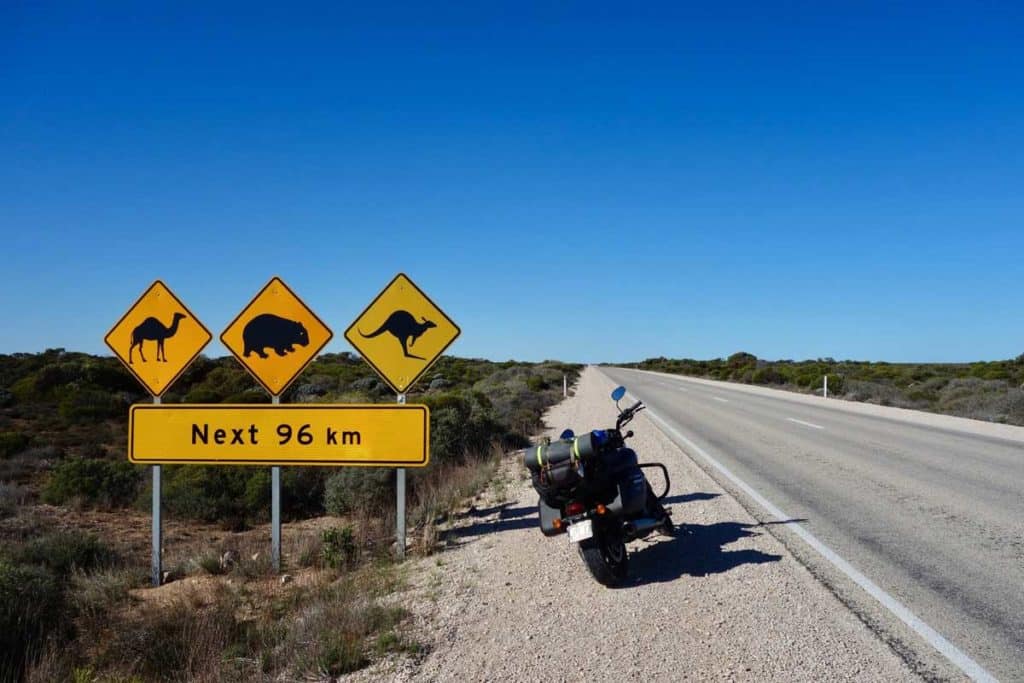
Getting ready – How did you prepare for this experience?
To prepare for my motorcycle trip in Australia, I made sure to have prior experience riding motorcycles. After that, I scoured forums for advice and tips from other riders who had been to Australia. I also reached out to people who had ridden there before to gain a better understanding of what to expect. Additionally, I invested in a biker Atlas, which I highly recommend to any rider in Australia. The Atlas provided a list of the top 200 trips to take in the country. It was an invaluable resource during my trip – it was my Bible! (Australia Motorcycle Atlas with 200 top rides – Hema maps)
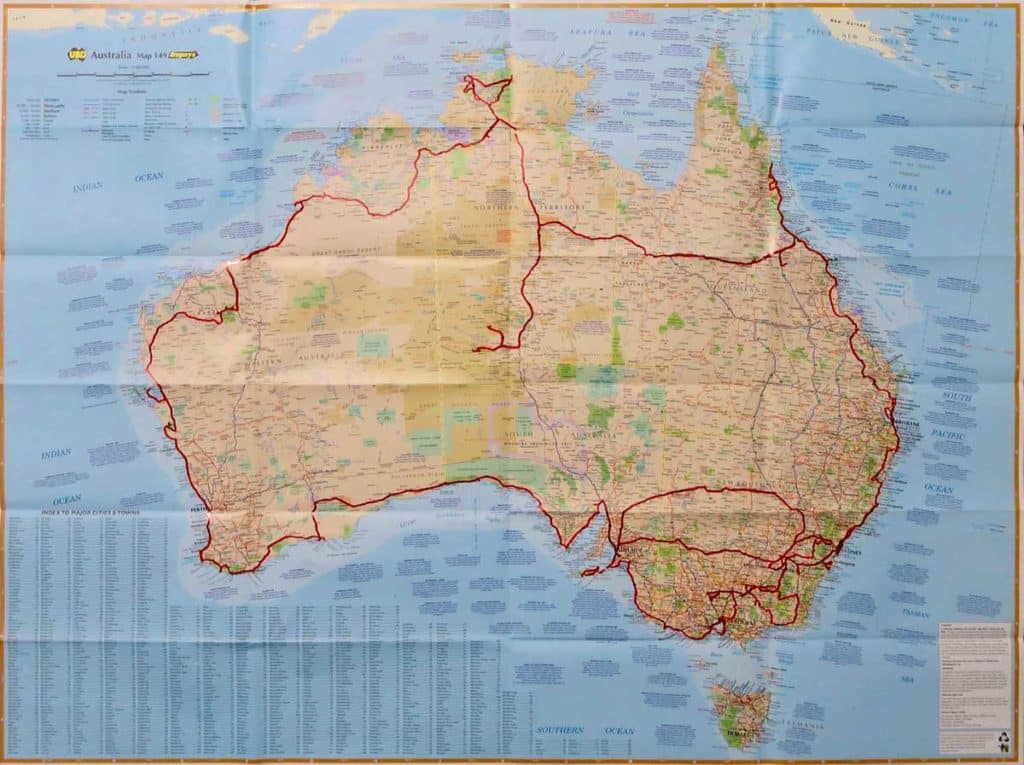
Living conditions on the road
On the mechanical side, I was fortunate to have had almost no issues, except for a puncture at the start. I made the decision to purchase a 2017 motorcycle with only 3000 km on the clock. This reduced the likelihood of mechanical problems compared to an older bike. It’s important to maintain your motorcycle regularly, which includes oil changes, air filter replacements, and other necessary upkeep.
When it came to accommodations, I primarily used a tent. Except when I was able to find an affordable hostel or backpacker lodge. I recommend investing in a good quality tent that is lightweight, easy to set up, and provides adequate protection from the elements.
In terms of packing, there are a few essential items you’ll need for your motorcycle trip, such as oil, coolant, and a lock. If you plan on traveling through the Outback, you’ll also need a 5-liter can of gasoline, and a minimum of 5 liters of water, as drinkable water may be scarce or expensive in certain areas. For food, I packed canned goods, fresh fruit, and cereal bars. You may also consider bringing a portable gas cooker for more comfortable cooking, but be aware that it will take up additional space and require more water for cooking and cleaning.
When it comes to camping gear, a good quality tent, sleeping bag, and inflatable pillow are essential. You’ll want to travel light, so make sure to choose lightweight and compact equipment. Keep in mind that comfort may be limited, but the freedom of the open road and the stunning scenery of Australia more than make up for it.
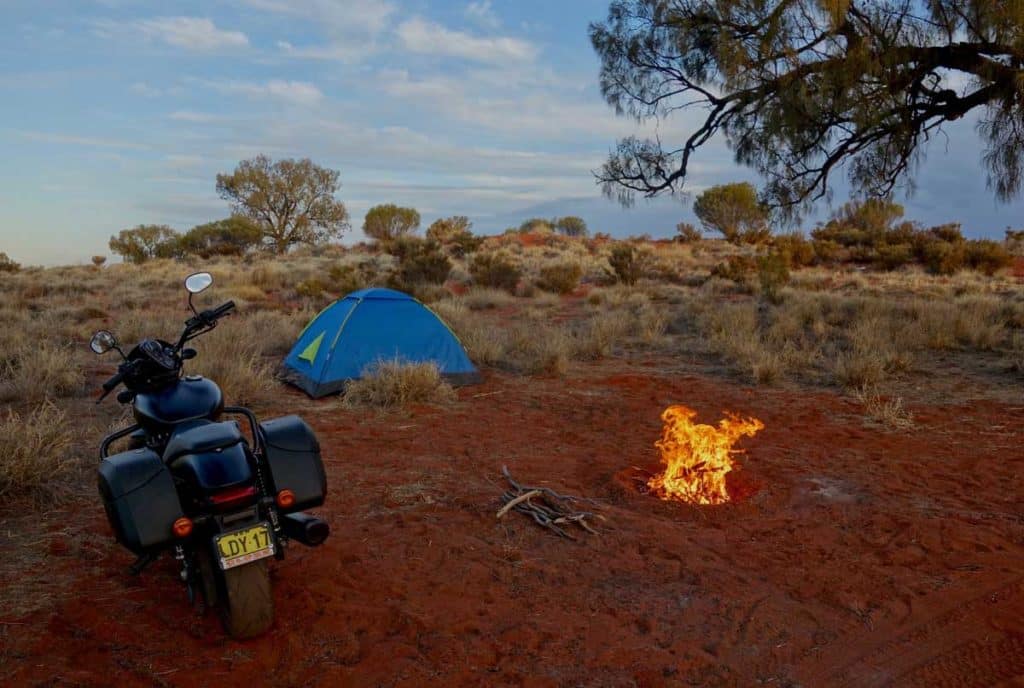
My favourite region
Australia offers a vast array of breathtaking landscapes that are worth exploring on a motorcycle. Although the Outback may seem monotonous, it’s an experience you won’t find anywhere else. Imagine being alone in the middle of nowhere, with no hills or mountains in sight, and having a roadhouse every 200 kilometers. It’s a unique feeling that is hard to describe. The Great Alpine Road in Victoria offers stunning views of snow-capped mountains and lush greenery. Riding through the winding roads of Cape Tribulation in Queensland is an unforgettable experience. And who could forget the enchanting feeling of riding around Uluru – Ayers Rock on a motorcycle? Finally, I can’t miss mentioning the thrill of riding on the pristine beaches of Lucky Bay in Western Australia. All in all, there is something special to be found in every corner of Australia, making it the perfect destination for motorcycle enthusiasts.
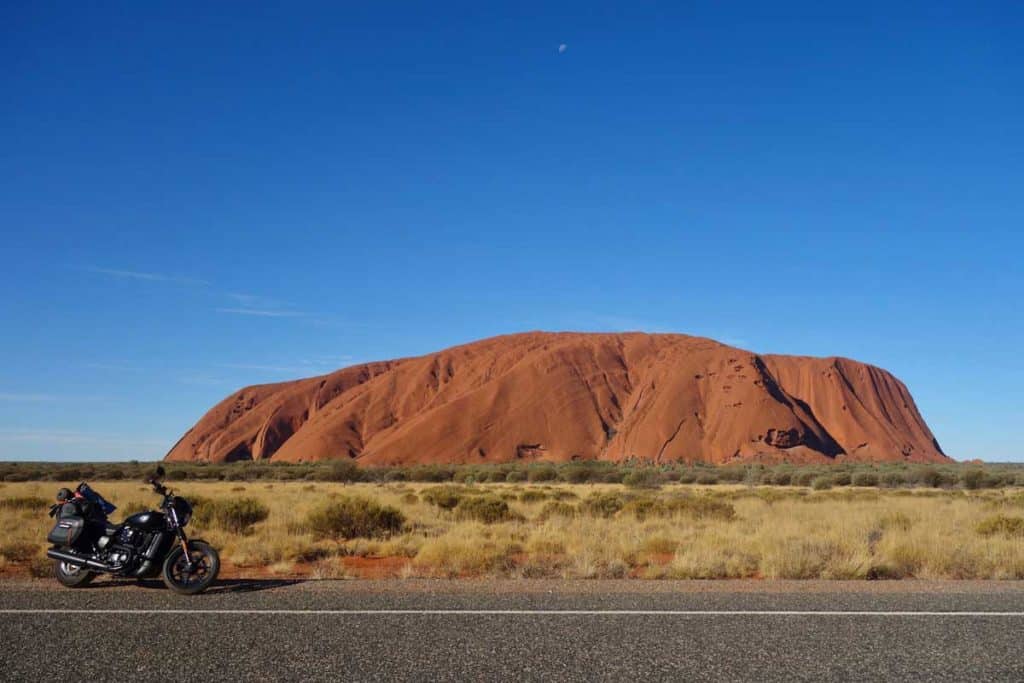
Why did I chose this motorcycle model?
When I was planning my trip to Australia, I initially considered getting a trail bike since many parts of the country are known for their off-road terrain. However, after researching more, I realized that there are plenty of long, straight stretches of tarmac where a more comfortable custom-type motorcycle would be better suited. Especially when covering distances of up to 800km in a day. Of course, a trail bike would be more practical on gravel and dirt roads, but traveling alone in remote areas can be dangerous. It’s also recommended to carry a satellite beacon in case of emergencies.
As for choosing a Harley-Davidson, the prices in Australia were much more affordable compared to Europe. Making it a good opportunity for me to take the trip around the country on one. Back home, I ride a Kawa (kz650 from 1980), but I wanted to try something different for this adventure.
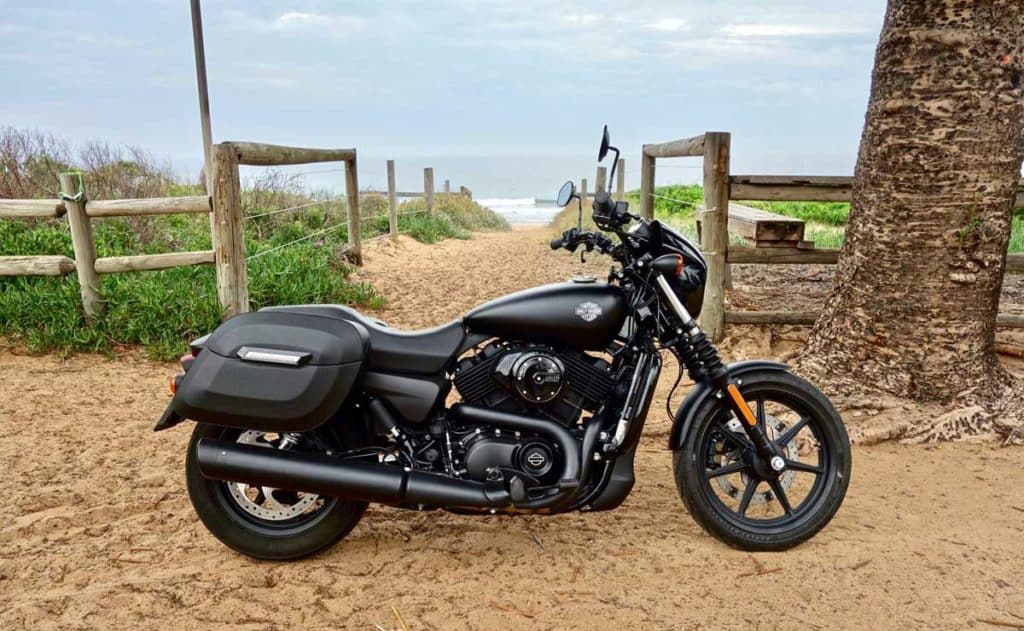






















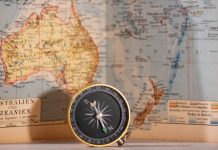
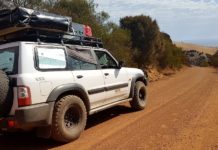




Thanks Mate
I too am planning to ride a lap of Australia in September..no matter what the conditions are..I am 70yrs old and finding the right bike took some doing, on a pension..The lap is mainly sealed road, so even though a CB500x would be the go, the price was beyond me..I am flying in from Siam to see family in Perth. I am also planning a world trip Bangkok to Vladivostok and across to Iran and then back down thru India and Myanmar ..So I thought I would practise on a lap of Australia,, I have settled on a used Honda 1100cc as it has the cruise look of it, rather than the cafe racer look and feel,,and finding a cheap trail bike within a month was just not there..I have a CB1300 so know abit about big road bikes..though I have been riding for over 50yrs and owned everything from a 50cc scooter to a Harley. Thanks for the tips..Always good to hear other stories and routes..take care on the road Mate.. Never know might pass you in mongolia or somewhere..